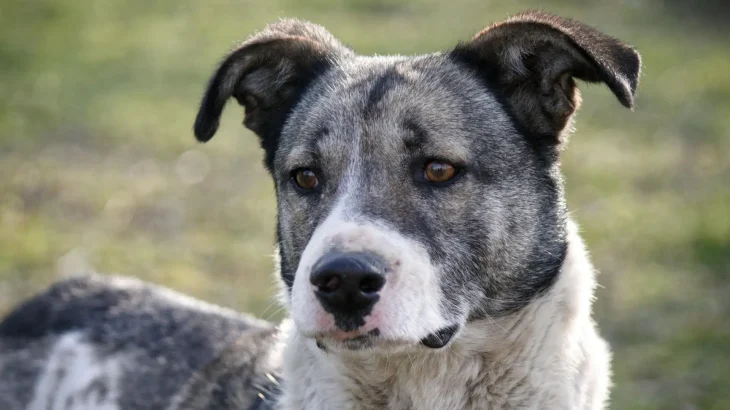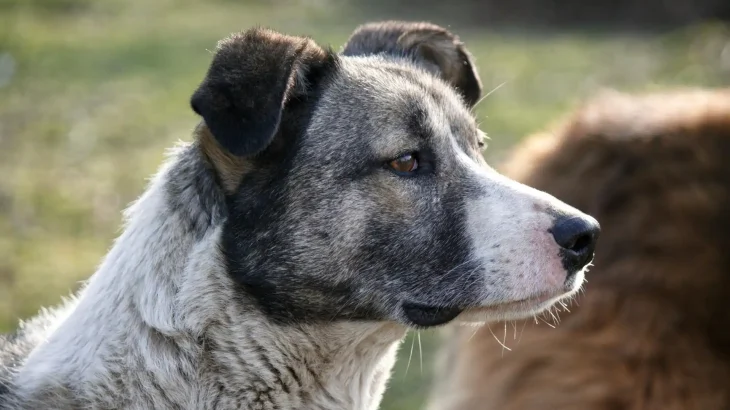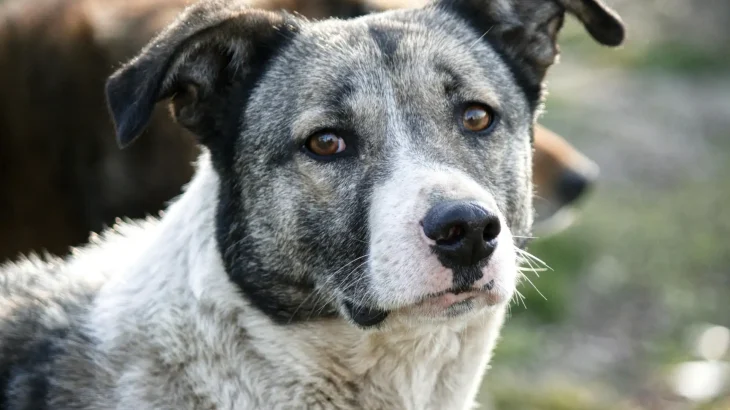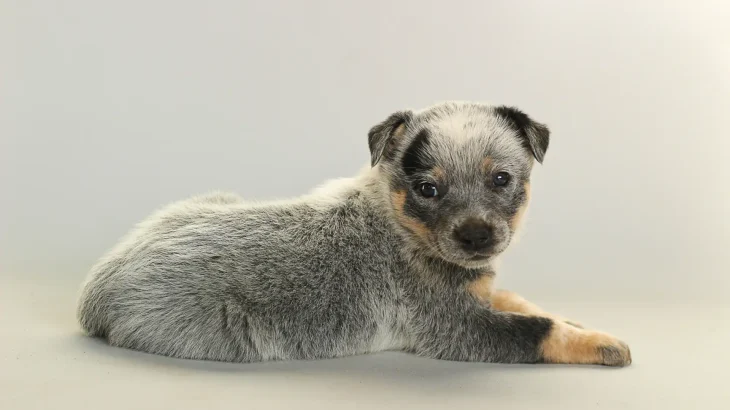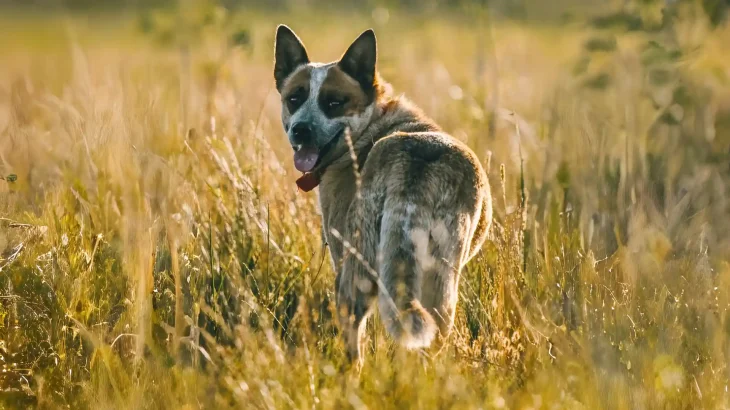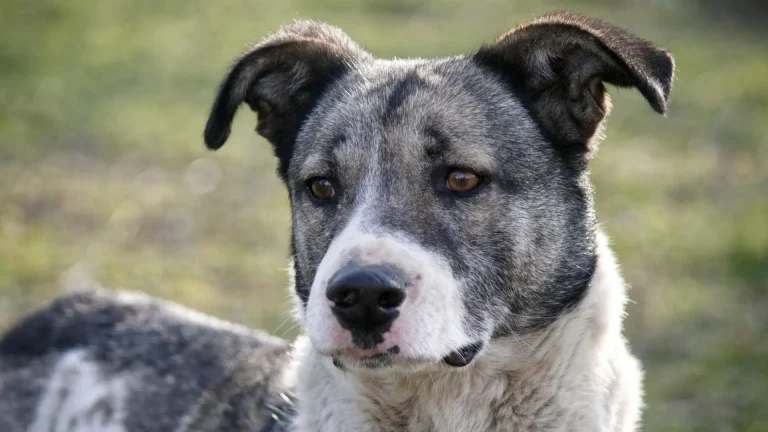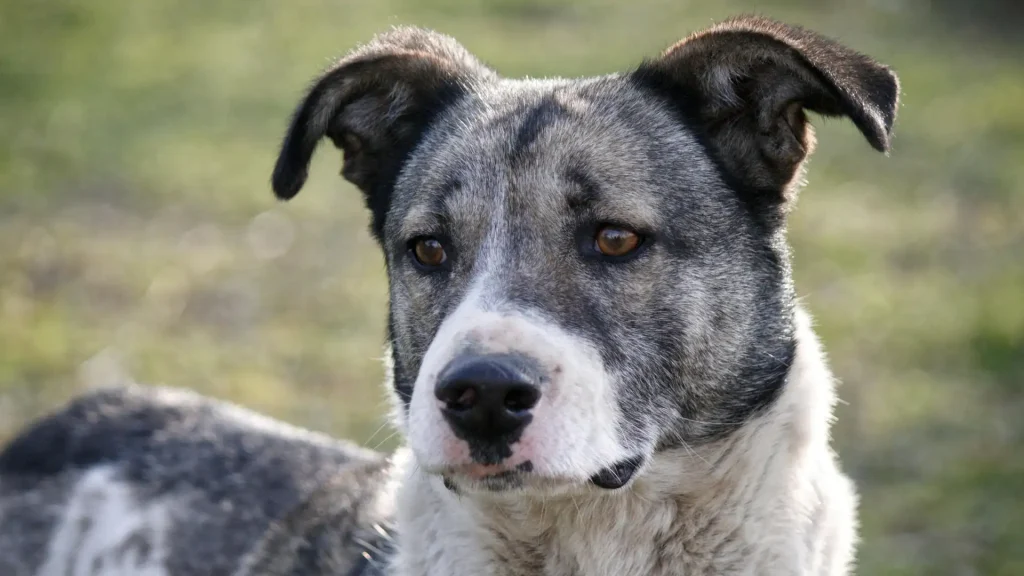Deciding whether to adopt or purchase an Australian Stumpy Tail Cattle Dog puppy depends largely on what you value most: adopting provides a chance to give a dog a second chance and often involves lower upfront costs, while buying from a reputable breeder offers detailed health histories and pedigree information specific to this unique working breed. Both options have their benefits and considerations, especially given the breed's specialized needs and traits.
| Criteria | Buying from Breeder | Adopting from Shelter/Rescue |
|---|---|---|
| Cost | Typically higher due to pedigree and breed-specific care; can reflect quality breeding practices. | Generally lower adoption fees; may include vaccinations and basic health care. |
| Health History | Comprehensive health screening and genetic history usually provided by breeder. | Health history might be incomplete or unknown; shelters conduct basic health evaluations. |
| Age Availability | Primarily puppies, allowing training and socialization from an early age. | Range of ages including adult dogs; may offer immediate companionship without puppy-stage demands. |
| Temperament Insight | Breeders can inform about lineage traits and early behavior assessments. | Shelter staff may share behavioral observations, but background can be limited. |
| Ethical Considerations | Supports preservation of breed and responsible breeding; requires careful breeder selection. | Supports animal welfare by providing homes to dogs in need; reduces shelter population. |
| Breed Purity & Pedigree | Guaranteed breed purity with documented lineage; important for working or show purposes. | Breed purity may not be assured; focus is often on the dog's needs rather than pedigree. |

